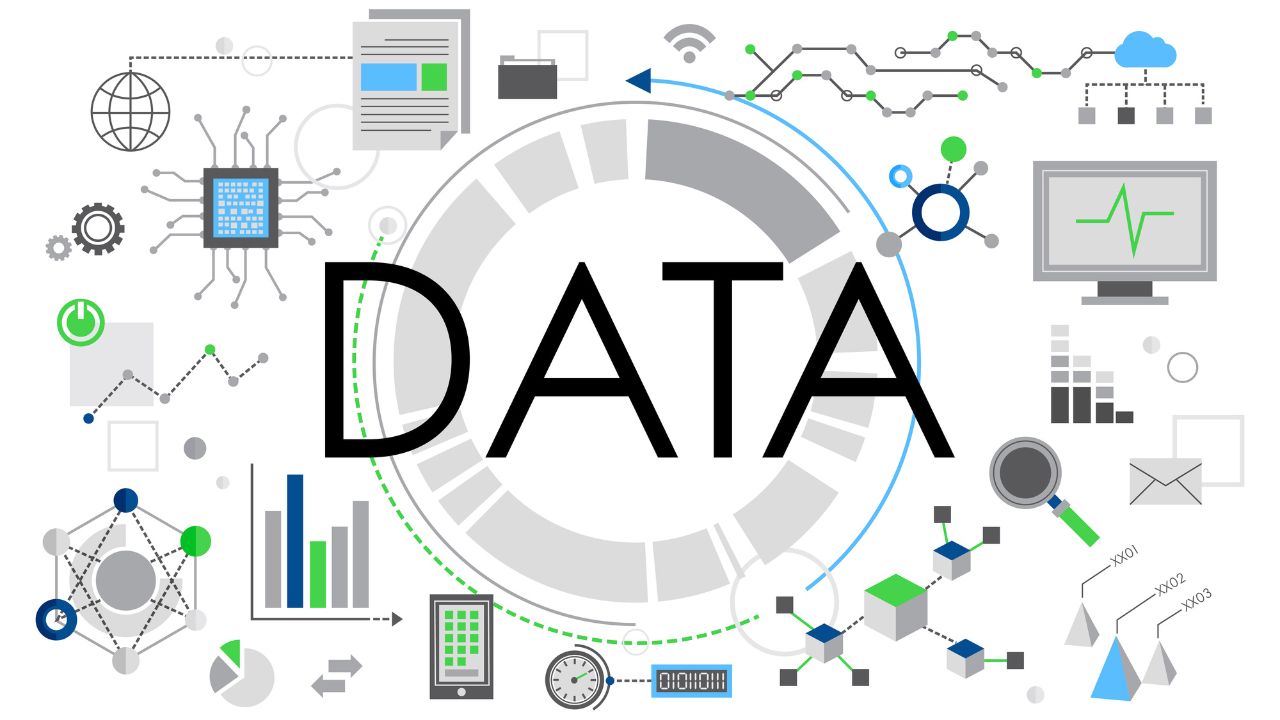Home < Blog < How to Analyze Amazon Products Dataset Effectively?
How to Analyze Amazon Products Dataset Effectively?
Posted on: July 29, 2024
Amazon, a behemoth in the e-commerce world, houses a treasure trove of product data. This data, when analyzed effectively, can provide invaluable insights for businesses, marketers, and researchers. In this article, we will delve into the intricacies of analyzing Amazon product datasets, exploring various techniques and tools to help you extract meaningful information.
Understanding Your Amazon Product Dataset
Before diving into the analysis, it's crucial to understand the structure and content of your dataset.
Key components typically include:
Product information: ASIN, title, description, category, brand, price
Sales data: units sold, revenue, ranking
Customer reviews: ratings, text reviews, sentiment analysis
Search data: search terms, click-through rates
Data Cleaning and Preprocessing
Raw data often contains inconsistencies and errors. To ensure accurate analysis, it's essential to clean and preprocess the data:
Handle missing values: Impute missing data or remove rows with excessive missing information
Normalize data: Convert data into a consistent format (e.g., numerical values, consistent units)
Remove outliers: Identify and handle extreme values that might skew results
Exploratory Data Analysis (EDA)
EDA is the first step in uncovering patterns and trends within your dataset.
Key techniques include:
Descriptive statistics: Calculate mean, median, mode, standard deviation, and other summary statistics
Data visualization: Create histograms, scatter plots, box plots, and correlation matrices to visualize relationships
Frequency analysis: Identify popular product categories, brands, and price ranges
Product Performance Analysis
Analyze product performance metrics to identify top-performing products and areas for improvement:
Sales analysis: Track sales trends over time, calculate sales growth, and identify seasonal patterns
Pricing analysis: Analyze price elasticity, competitor pricing, and optimal pricing strategies
Review analysis: Calculate average ratings, analyze sentiment, and identify common customer pain points
Market Analysis
Use Amazon product data to understand market trends and customer preferences:
Market segmentation: Identify different customer segments based on demographics, purchasing behavior, or product preferences
Competitive analysis: Compare your products to competitors based on pricing, features, and customer reviews
Product category analysis: Analyze product performance within different categories to identify opportunities
Advanced Analytics Techniques
For deeper insights, consider employing advanced analytics techniques:
Text mining: Extract keywords and sentiments from product descriptions and customer reviews
Machine learning: Build predictive models to forecast sales, recommend products, or identify customer churn
A/B testing: Experiment with different product variations to measure their impact on sales
Tools and Technologies
Leverage appropriate tools and technologies to streamline your analysis:
Data analysis software: Excel, Python (Pandas, NumPy)
Data visualization tools: Tableau, Power BI, matplotlib, seaborn
Machine learning libraries: Scikit-learn, TensorFlow, PyTorch
Conclusion
By following these steps and utilizing the right tools, you can unlock the full potential of your Amazon product dataset. Analyzing this data effectively will empower you to make informed decisions, optimize product offerings, and gain a competitive edge in the marketplace.
Latest Posts
Find a right dataset that you are looking for from crawl feeds store.
Submit data request if not able to find right dataset.
Custom request




